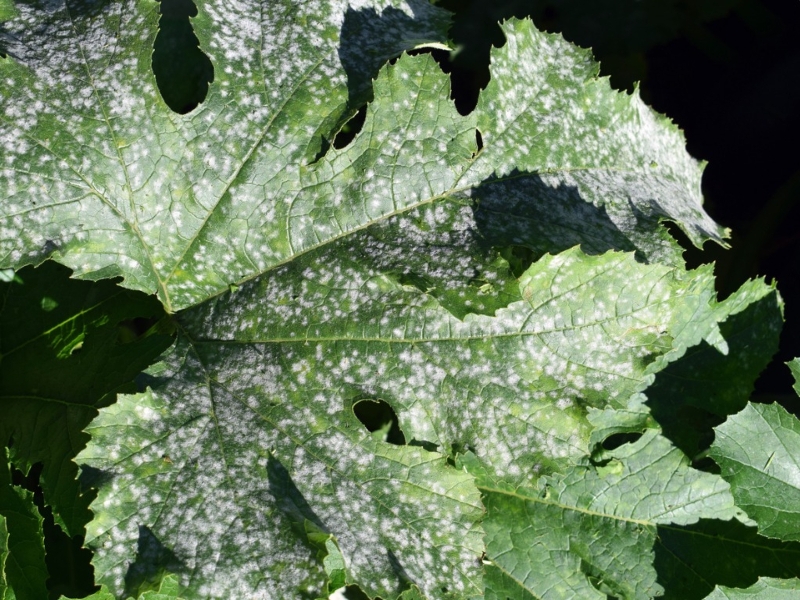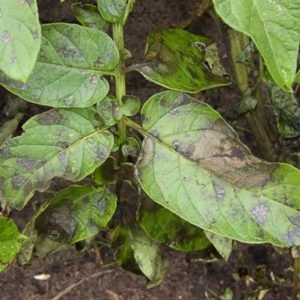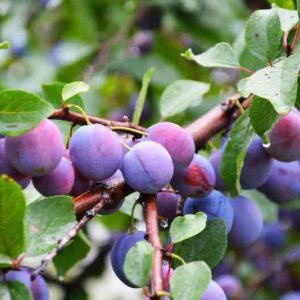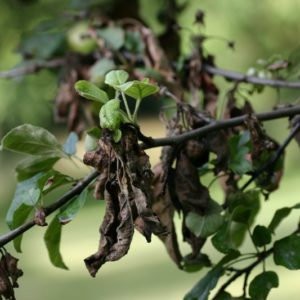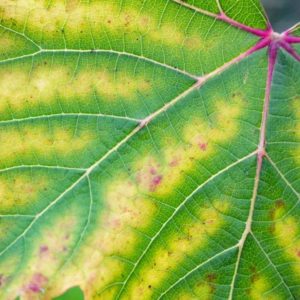Zucchini are very useful in the vegetable garden. They grow easily and make up multiple cooking recipes! However, they are not immune to pests and fungi.
Please find out about the main diseases of zucchini and how to fight them.
Powdery Mildew
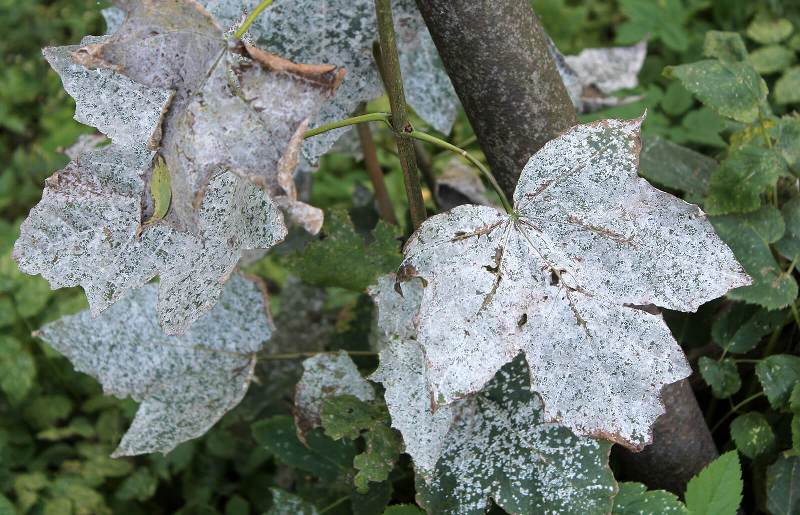
Symptoms
Very recognizable, this disease leaves a white felting on the leaves, stems and flower buds. The circular spots have a mealy appearance and quickly grow in size. Affected leaves dry out and eventually fall off. The plant is weakened and the fruits are often smaller. However, they are still edible. Two fungi are the cause of powdery mildew: Podosphaera xanthii and Golovinomyces cichoracearum var. cichoracearum.
Prevention
Fortunately, there are many preventive solutions against this prevalent disease in the vegetable garden. Do not plant too tightly to avoid creating wet areas conducive to the development of fungi. Avoid watering the foliage. Take care to water at the foot of the zucchini. After planting for a month, add water with nettle manure. It strengthens the immune system of the plants. Horsetail manure or comfrey manure can also be used as a watering once a month.
Natural and organic treatment
If the powdery mildew is already well established, it will be necessary to fight against specific treatments. Start by cutting the affected leaves with well-disinfected secateurs. Spray a solution of milk and water on the leaves. Proceed in the morning so that they have plenty of time to dry. Finally, baking soda is also effective. Put a teaspoon in a litre of water, with a tablespoon of vegetable oil. Spray this mixture all over the plant once a week until the disease subsides.
Mildew
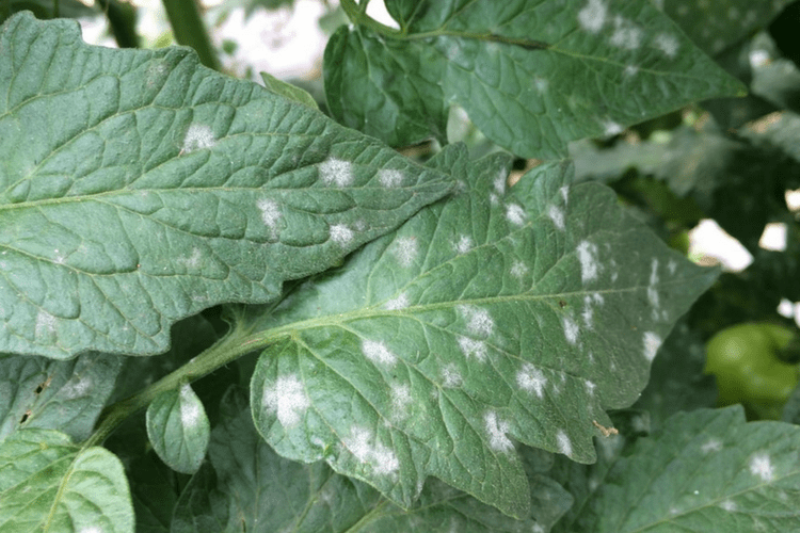
Symptoms
Another fungal disease: downy mildew, affects most cucurbits. It causes yellow spots, initially inconspicuous, then clearly visible as it grows. The spots end up forming a mosaic which greatly limits photosynthesis. They dry out and then fall off. The fruits have difficulty in developing and the harvest is compromised.
Prevention
Spray decoctions of tansy or horsetail for prevention. These solutions are effective in preventing the appearance of fungal diseases. Do not plant too tight and favour a well-drained substrate. Consider enriching your soil and spreading mulch at the foot of the vegetable garden for strong and healthy plants. In the greenhouse, ventilate regularly.
Zucchini downy mildew treatments
The most commonly used treatment is the Bordeaux mixture. This remedy is to be applied to the plant by respecting a dose of 10 and 20g per litre of water.
Botrytis (grey rot)
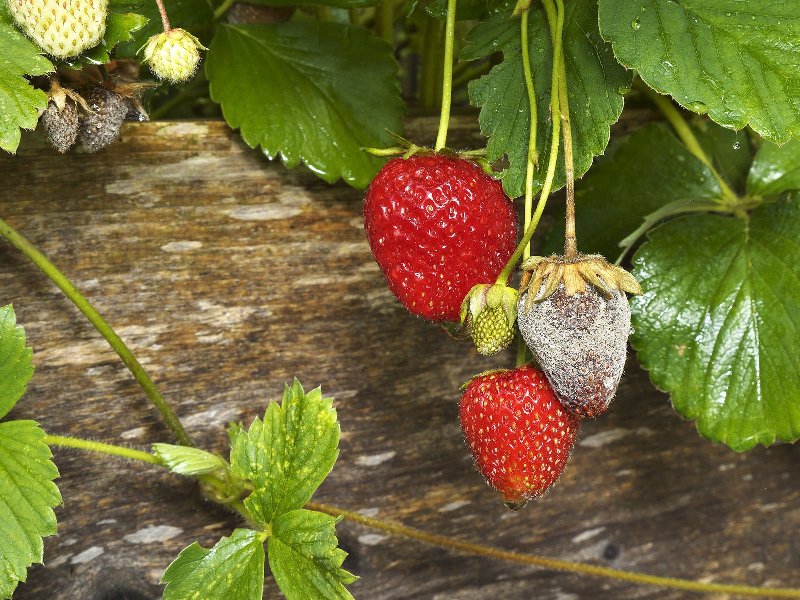
Symptoms
The flowers have small grey spots, and the young fruits rot. This is probably because of Botrytis cinerea, an inconvenient fungus for zucchini. As with other diseases caused by fungi, it appears in a humid and hot atmosphere. Also, rainy spring is a good breeding ground for grey rot.
Prevention
As with powdery mildew and mildew, avoid wetting the foliage by watering, especially at the end of the day. Avoid over-pruning your zucchini plan. Every sore or is an open door for disease: spray horsetail or tansy manure for prevention.
Natural treatments
Resistant to treatment, botrytis is difficult to eradicate. Immediately remove the affected fruits and burn them. Spray nettle manure once a week.
Aphids

Symptoms
Well known to the gardener, aphids affect both vegetable and ornamental plants. These insects suck the sap from plants and weaken it. They release honeydew, which causes sooty mould, a disease that leaves black marks on the plant.
Prevention
There are many ways to control aphids. Consider installing attractive plants nearby, such as nasturtiums. They will then distract the attention of aphids from vegetable plants. There are also repellent plants such as marigolds, lavender or thyme. Encourage the presence of natural predators with honey species and rich soil. As such, do not use phytosanitary products.
Natural treatments
If the aphids are already well established, do not hesitate to introduce ladybugs which devour them happily. Nettle manure is also used as a treatment, and it repels small animals while strengthening the plant. Finally, another technique is to mix water with black soap and vegetable oil. Count a litre of water for a tablespoon of soap and the same dose for the oil. This soapy water will obstruct the airways of the aphids, which will then die.
